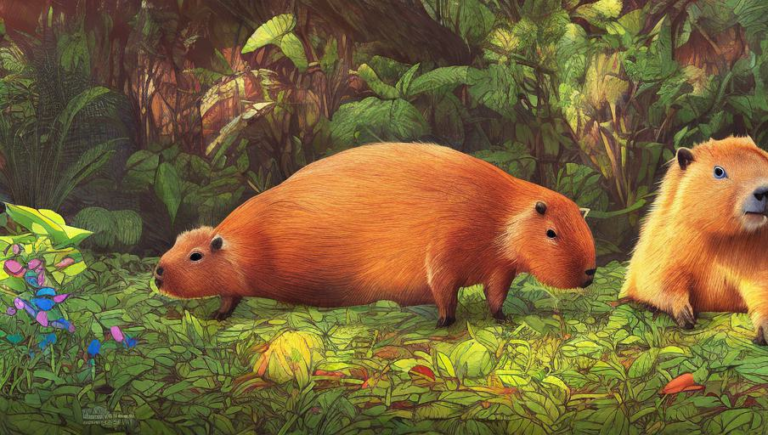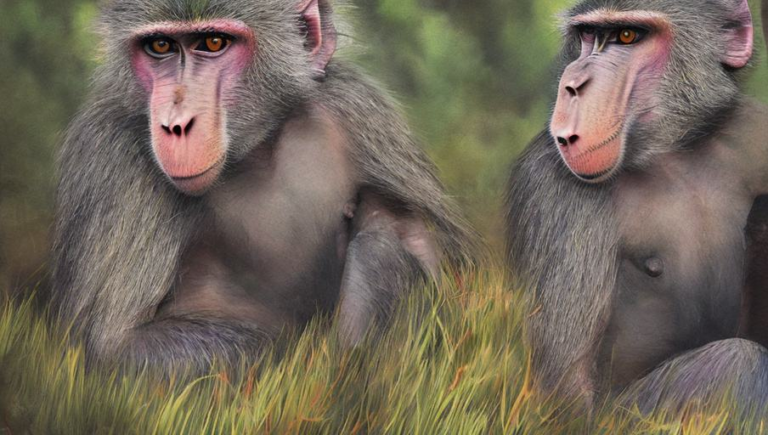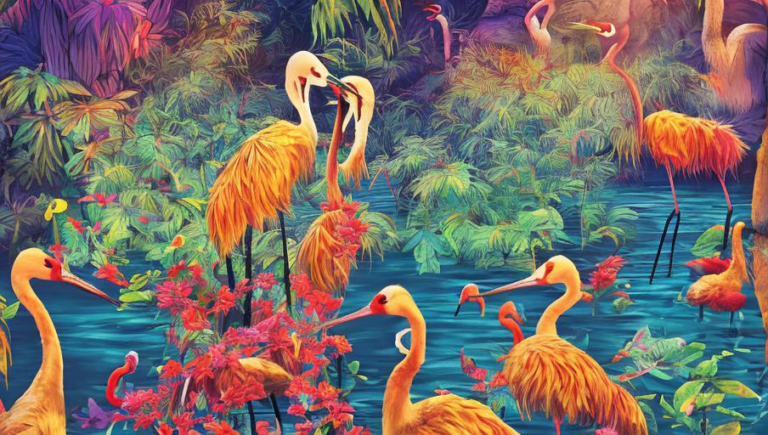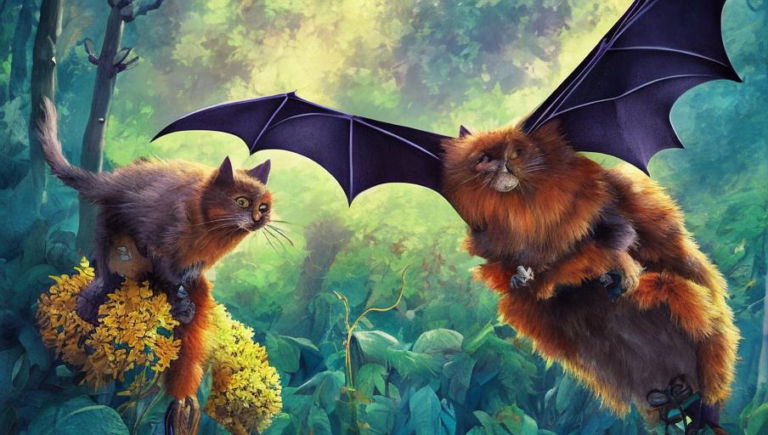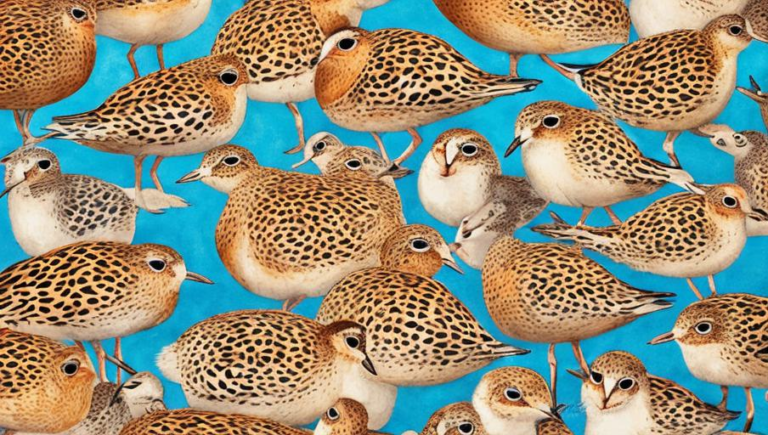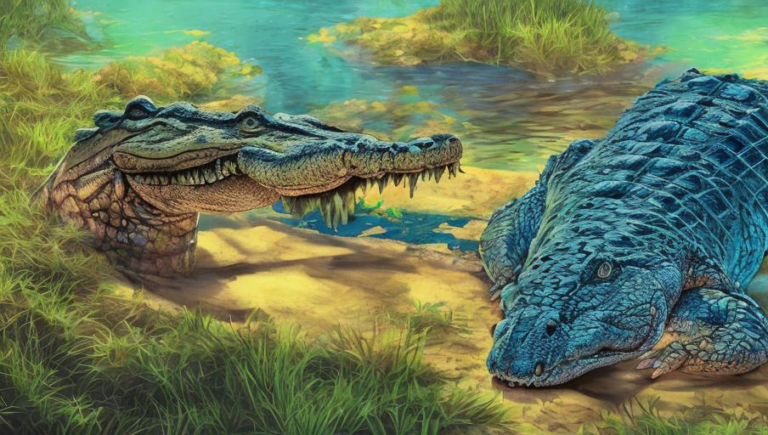Longevity of Capybaras: Understanding Their Long Life Span
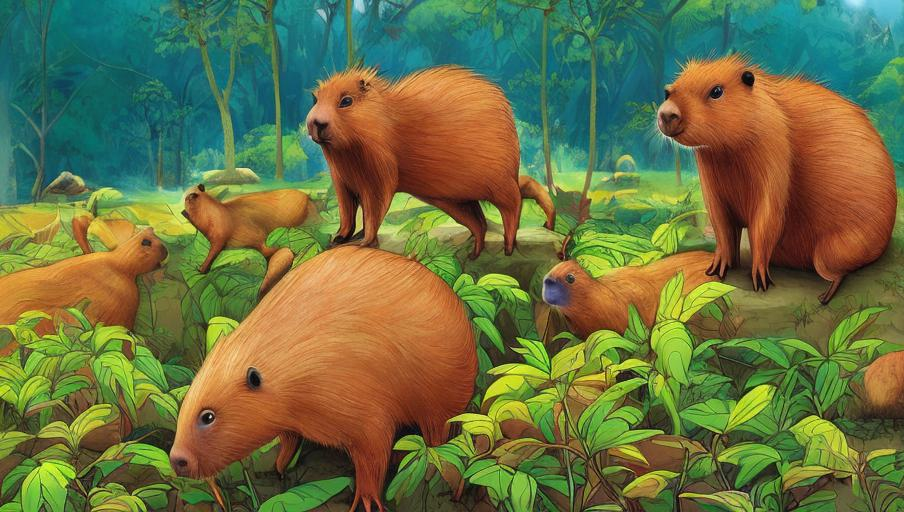
Capybaras: The World’s Largest Rodents
Capybaras are the world’s largest rodents, and are native to the wetlands of South America. They are semi-aquatic and can be found in many different habitats, including marshes, swamps, and rivers. Capybaras are often seen in groups, known as “herds”, and can be found in large numbers in some areas.
Capybaras and Their Long Life Span
Capybaras can live up to 10-12 years in the wild, and even longer in captivity. This long life span is due to a combination of factors, including their diet and activity level. Capybaras are herbivores and feed mainly on aquatic plants. They also get plenty of physical activity as they are constantly on the move in search of food and shelter.
Capybaras and Their Social Life
Capybaras are highly social animals and live in large groups, or herds. They form strong bonds with other members of their herd and communicate with each other through vocalizations and touch. Capybaras are also very territorial and will use their sharp teeth to defend their territory, if necessary.
Capybaras and Human Interaction
Capybaras have a long history of interaction with humans. In some parts of South America, they are kept as pets, and in some areas, they are hunted for their meat. Although they are not considered an endangered species, their numbers are decreasing due to habitat loss and hunting.
Conservation Efforts
In order to protect capybaras and their habitats, a number of conservation efforts have been put in place. These include creating protected areas for the animals, establishing laws to regulate hunting, and educating people about the importance of protecting these animals.
Conclusion
Capybaras are fascinating animals that can live up to 10-12 years in the wild and even longer in captivity. Their long life span is due to their diet and activity level, as well as their strong social bonds. Despite their longevity, their numbers are decreasing due to habitat loss and hunting. To ensure their survival, conservation efforts, such as creating protected areas and regulating hunting, are essential.
